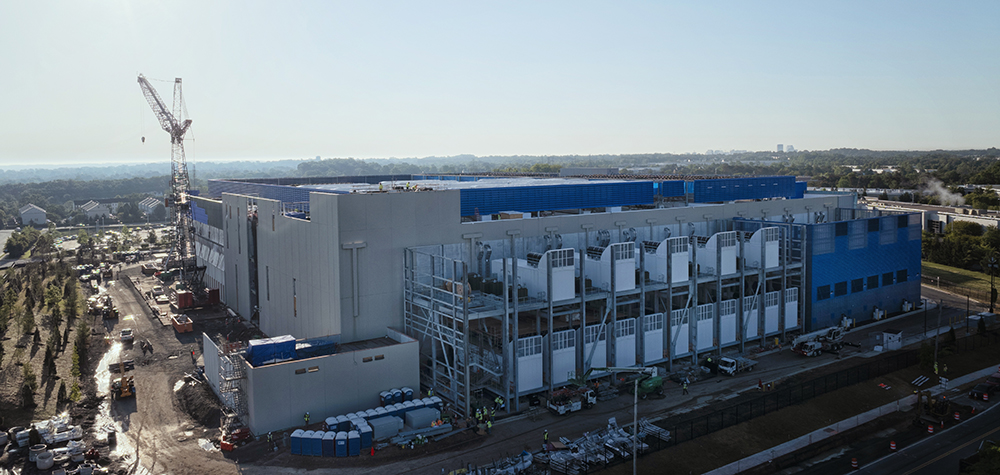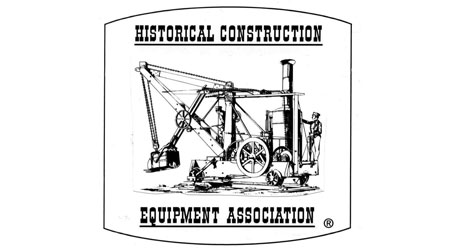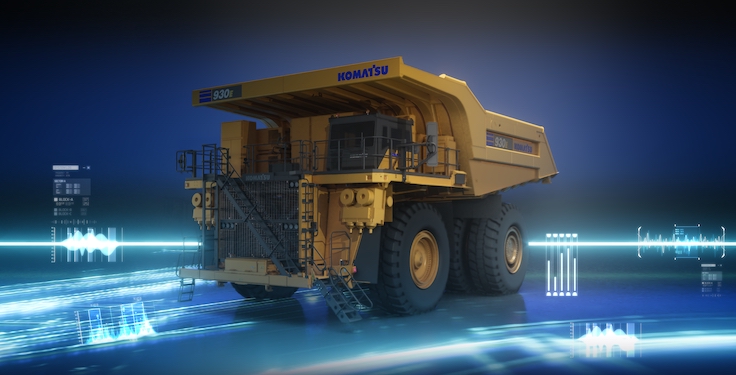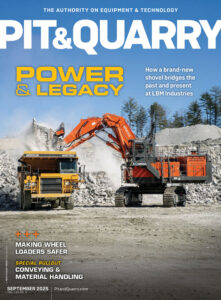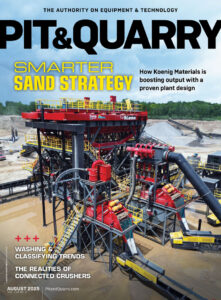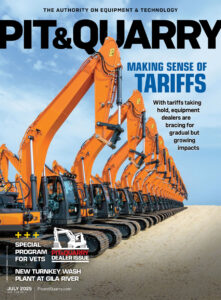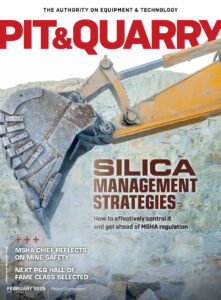
Eric Gaus, chief economist at Dodge Construction Network, paid Pit & Quarry a visit this summer to discuss the economy, provide an update on the construction industry and offer insights into the construction labor market. The conversation here was edited for brevity and clarity.
Pit & Quarry: How would you characterize the health of the economy? What is your outlook for the rest of the year?
Gaus: We started 2025 with a lot of tailwinds. The financial situation for both businesses and consumers was really strong. We were powering through into 2025. The economy has weakened significantly since then for a lot of different reasons.
The uncertainty that has arisen since the Trump administration came in has had a significant impact on the economy, dampening it considerably in the first half of the year. While I thought there was some hope for that uncertainty to be resolved, I’m starting to revise that opinion now. It seems that policy uncertainty will last a bit longer than anyone would find comfortable.
P&Q: How has the nonresidential sector fared so far this year? What types of projects are spearheading the sector’s performance?
Gaus: Manufacturing pulled back significantly in the first half of the year. Through April, it was down about 50 percent. That’s a ton, but we have to remember that manufacturing is coming off a ridiculous high. Our forecast is still for it to be higher than the pre-pandemic levels in terms of starts. Data centers are significantly contributing to nonresidential construction. Also contributing are large mega projects – particularly in the health care and prison spaces.
P&Q: What have been your biggest takeaways from the first half of the year for the residential sector? What is your outlook for the rest of the year?
Gaus: Residential has been struggling, particularly on the single-family side. Multifamily has been doing a little better, mostly due to the time lags between the construction process and the completion of multifamily projects. There were numerous projects planned last year that are going through the pipeline and coming out the other end, whereas single-family tends to respond a bit quicker.
P&Q: How has the nonbuilding sector fared this year?
Gaus: We’ve not changed our forecast very much for nonbuilding, largely because the tailwinds were so strong. If anything, fewer street and bridge projects started in 2024 than were expected, but they were all projects that had been slated through IIJA and allocated money. So those projects are getting pushed forward.
P&Q: What is the current state of the construction labor market?
Gaus: Economywise, the labor market is slowing down, and you can see that trickle straight through to the construction sector, as well. We’re still adding jobs – just like the broader economy – but it’s definitely weakening. The mega projects are a significant problem, and that’s probably the explanation for some of the backlogs we’re seeing. There are projects that people want to get started, but they don’t have the workers to put the product in the building. These large, mega projects are exacerbating that problem because they’re sucking up all the resources – particularly data centers.
Related: Dodge Construction Network’s Gaus appears on Drilling Deeper podcast

